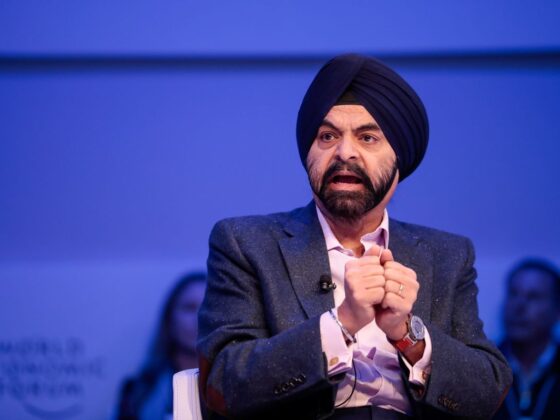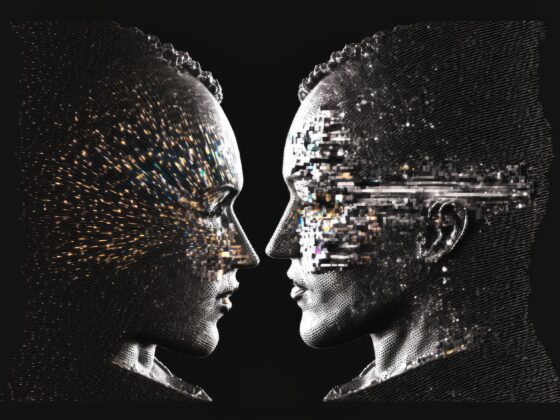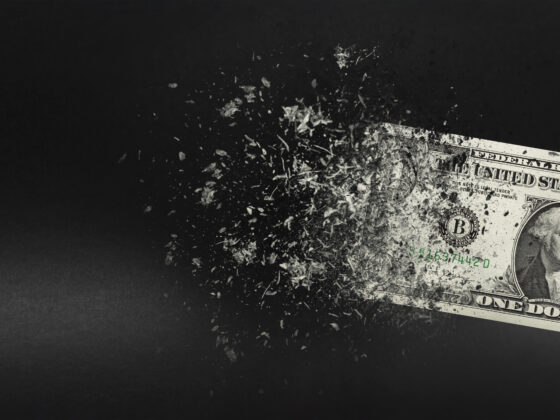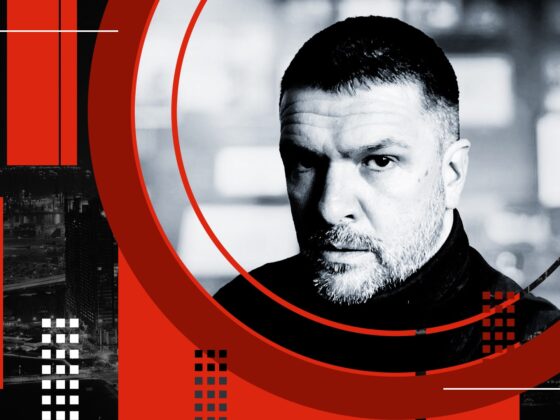Ukraine’s wholesale digitaization of government services predates the war, but in the eternal spirit of never letting a good crisis go to waste and with the financial support of USAID and the EU, it has been significantly expanded since.
One of the more interesting stories to seep out of Davos’ “hive of scum and villainy” (h/t Obi-wan kenobi) last week was an announcement by Samantha Power, the administrator of Washington’s soft power arm, USAID, that Washington is hoping to replicate the “success” of Ukraine’s e-governance app, Diia, in other countries around the world. Despite its newsworthiness, the story was barely reported in the mainstream or financial media. In fact, the only coverage I could find was an article by Axios, whose author interviewed Power on the sidelines of the WEF’s annual shindig.
But first, a promotional video flagged on Twitter by the British campaign group Stop Common Pass:
We called this out back in early 2022 alongside @SikhForTruth @TruthTalkMedia regarding the Digital Transformation of #Ukraine & its Dia platform being heralded as a template for other nations. pic.twitter.com/S8BtGCcIyT
— STOPCOMMONPASS ❌ (@org_scp) January 20, 2023
[Samantha] Power views this as part of a broader effort to help democratic reformers around the world deliver for their people, and says countries would be selected accordingly.
“We want to look at the bright spots, at the countries that are committed to transparency and an anti-corruption agenda, that are bucking the global trends,” Power said. She noted that Moldova’s reformist government has already expressed interest in Ukraine’s e-governance approach.
Power also hopes to partner with countries in the global south. Given the current “economic headwinds,” even leaders who are working to clean up corruption and improve governance may struggle to improve the lives of their citizens, she said. An app that allows citizens to file taxes or access birth certificates without waiting in line for hours could be one tangible improvement, she argued.
Kiev already signed a digital trade agreement, or DTA (yes, they do exist), with the UK government in December. That agreement includes a commitment to collaborate on digital identity, as I reported in “Against Backdrop of War, Rolling Blackouts and Internet Outages, Ukraine Is Trying to Digitize Everything“. Now, Ukraine is “willing to share” the approach and technology it has developed for e-governance with other countries. And it will be supported in this endeavor by the United States Agency for International Development (USAID).
One country that is currently working to replicate Ukraine’s digital ID system is Estonia, which is already one of the world’s most digitized countries. As Estonia’s Prime Minister Kaja Kallas noted, the move represents a “new chapter” in the two countries’ digital cooperation.
#Estonia tests new government app based on Ukraine’s #Diia – great example how governments share and build technology together. It's also a new chapter in our digital cooperation.#Ukraine has built a stong digital government. State and services are running well also during war. https://t.co/BhUx2ZLIlO
— Kaja Kallas (@kajakallas) January 18, 2023
US and EU Funding at Work
Ukraine’s digitization of government services predates the conflict with Russia, but in the eternal spirit of never letting a good crisis go to waste, it has been significantly expanded since the hostilities began. Just as the combat theaters of Iraq and Afghanistan served as testing grounds for the mass harvesting and storage of sensitive biometric data, some of which fell into the hands of the Taliban when the US abandoned Afghanistan, war-torn Ukraine is being used to pilot the rapid construction of an all-encompassing digital governance system.
Despite the fact Ukraine’s electrical grid has been decimated by surgical Russian attacks, resulting in increasingly widespread power outages, its central bank is also chomping at the bit to launch its own digital currency, the so-called e-hyrvnia. At Davos last week, Ukraine’s Ministry of Digital Transformation Mykhailo Fedorov (who is also Deputy Prime Minister as well as a graduate of the World Economic Forum’s Young Global Leaders’ program) volunteered to be its first user.
“Two weeks ago, I saw a pilot of the electronic e-hyrvnia in Ukraine,” he said of plans to issue a CBDC in conjuction with San Francisco-based crypto non-profit the Stellar Development Foundation. “I plan on becoming the first test user of the electronic hryvnia and I plan to receive on receiving my salary in e-hryvnia.”
First launched in February 2020 by the Ministry of Digital Transformation, which itself was created in late 2019, the Diia platform is used to grant the public access to most government services online. In total, it has nine digital credentials: the ID card, the identity provider (IDP) certificate for network access, birth certificate, passport, driving license, tax number, student card, and vehicle registration certificate..
The platform is partly funded by the European Union’s eu4digital initiative, which in its own words “aims to extend the benefits of the European Union’s Digital Single Market to the Eastern Partner States, channelling EU support to develop the potential of the digital economy and society, in order to bring economic growth, generate more jobs, improve people’s lives and businesses.” The EU is also working around the clock to get its own digital identity system, the so-called “eID”, up and running by 2024.
Ukraine’s Ministry of Digital Transformation also received seed funding from USAID, to help it launch Diia and bolster its cybersecurity. Then, after the war began, the ministry received a further injection of funds ($8.5 million), to help it expand the app’s services. Now, USAID is pouring an extra $650,000 into Diia, which is admittedly chicken feed. But the initiative will almost certainly be receiving funds from other sources.
USAID’s apparent goal is to export Ukraine’s digital governance model to other countries, in Europe as well as the global south. To kick start the process, USAID’s Administrator Samantha Power and Ukraine’s Minister of Digital Transformation met in Davos to discuss the idea with a handful of countries and potential private sector partners who could help scale it.
“State in a Smartphone”
The ultimate goal behind Diia — which means “action” in Ukrainian and is short for derzhava i ia – “the state and I” — is to digitize and automate all government services as part of President Volodymyr Zelenskyy’s “State in a Smartphone” concept.
“For citizens, the government should be just a service – simple, but more notably comprehensible,” Mr. Zelenskyy said at the beginning of the Diia presentation in early 2020. “In general, our goal is to make sure that all relations with the state can be carried out with the help of a regular smartphone and the Internet. In particular, voting. This is our dream, and we will make it real during presidential, parliamentary or local elections. It is a challenge. Ambitious yet achievable.”
Read the rest here:
